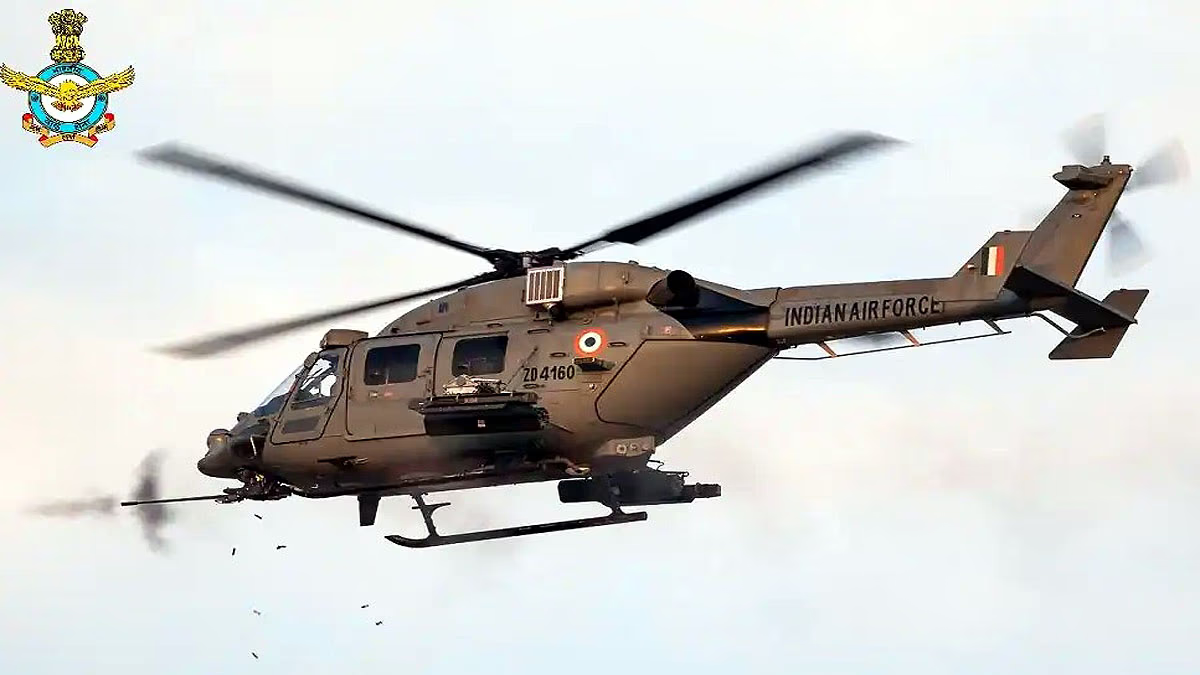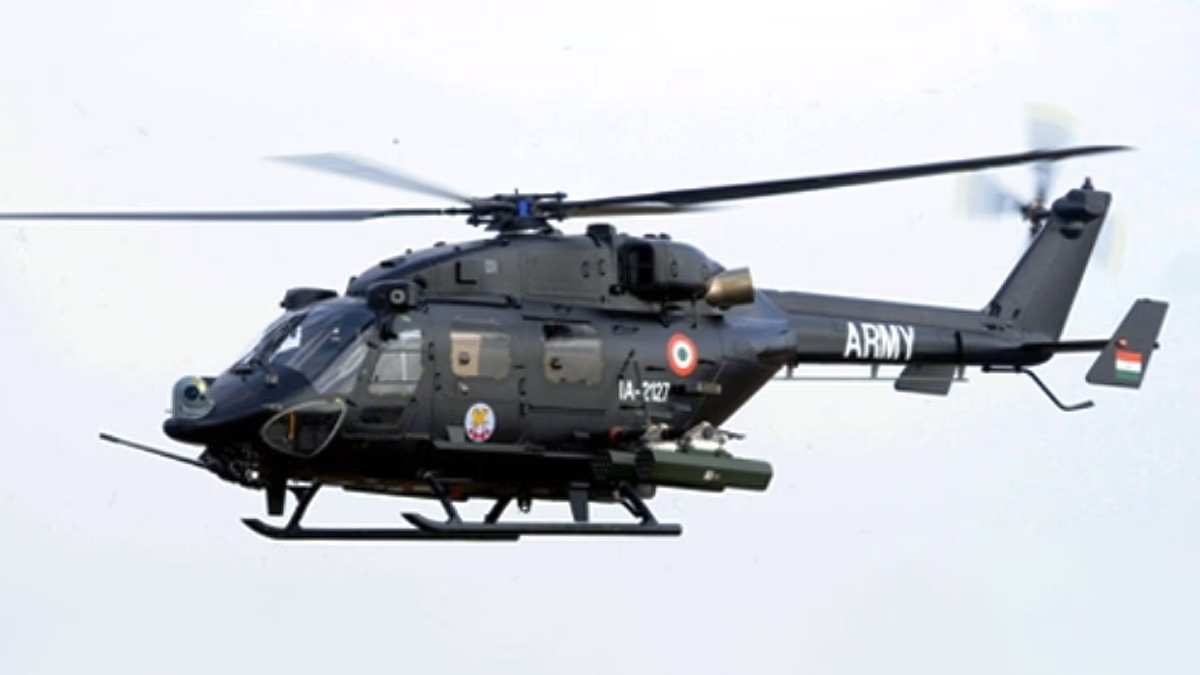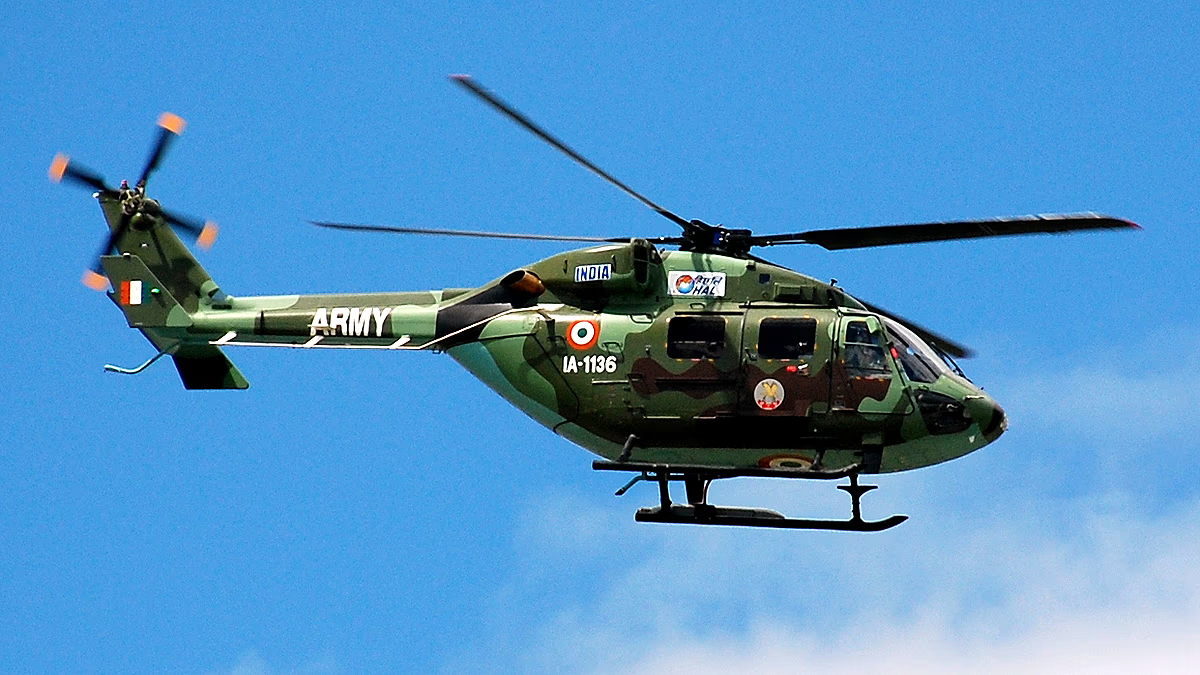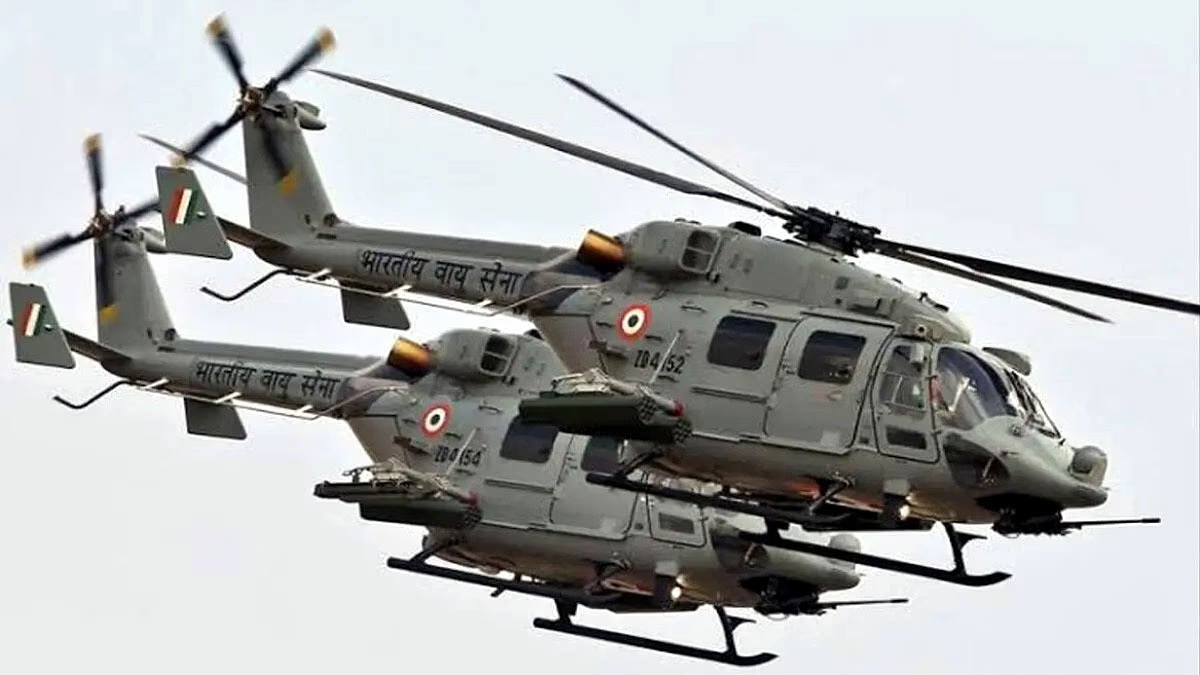The Advanced Light Helicopter (ALH) Dhruv fleet, a significant asset for India, is still not fully ready for flight. Following the Pahalgam attack, when aerial operations intensified, the fleet was cleared to fly. However, nearly 330 helicopters remain under inspection.
This fleet has been grounded for the past three months since an ALH Dhruv helicopter crashed in Porbandar. A source told India Today that not all helicopters have been granted flight clearance because the fleet review is still ongoing. HAL (Hindustan Aeronautics Limited) is providing phased approvals.
Read Also:
What is ALH Dhruv and Why is it Essential?
The ALH Dhruv is an indigenous helicopter built by HAL, serving the Indian Army, Air Force, Navy, and Coast Guard since 2002. This 5.5-ton helicopter is versatile, used for troop transport, reconnaissance, medevac, and combat in challenging terrains like the Siachen Glacier.

Source: aajtak
Number: Total 330 helicopters, with the Army possessing over 180 (including 60 weaponized Rudra versions).
Air Force: 75, Navy: 24, Coast Guard: 19.
Flight Hours: Army helicopters logged approximately 40,000 hours last year.
This helicopter is a crucial component of India's military prowess, particularly in border regions and disaster relief situations. However, recent crashes have raised safety concerns.
What Happened in the Porbandar Crash?
On January 5, 2025, a Coast Guard ALH Dhruv helicopter crashed in Porbandar, resulting in the deaths of three crew members (two pilots and a diver). This incident sparked questions about potential issues. Consequently, the entire fleet was grounded, and a safety audit was initiated.
Following the Pahalgam attack and increased security needs, the Army began flying its checked helicopters again, although the whole fleet remains under scrutiny.

Source: aajtak
What Does the Crash Investigation Reveal?
Dr. D.K. Sunil, Chairman of HAL, spoke about the preliminary findings of the crash investigation at the Aero India event in February 2025. He mentioned a crack in the swashplate, which controls the rotor blades, was discovered and deemed a potential cause of the crash. Investigators need to determine why this crack occurred. The final report will decide if further scrutiny of the entire fleet is necessary.
Read Also: Majestic Billboard of PM Modi in Maldives Defense Ministry
Dr. Sunil emphasized that there is no fundamental design flaw in Dhruv. In 25 years, there have been 28 helicopter crashes, including...
13 due to mechanical failures.
13 due to human errors.
2 due to unknown reasons.
Nevertheless, Dr. Sunil noted that the fleet has completed millions of flight hours, demonstrating its resilience. However, improvements in training and maintenance are needed.

Source: aajtak
Past Accidents Raising Concerns
Several incidents with the ALH Dhruv fleet in recent years have highlighted safety issues...
October 2024: During flood relief in Bihar, an Air Force helicopter suffered engine failure and dropped into water.
September 2, 2024: A Coast Guard helicopter crashed in the Arabian Sea, resulting in two deaths.
May 2023: An Army helicopter crashed in Jammu, injuring two pilots and a technician.
March 2023: A Navy helicopter made an emergency landing near Mumbai.
October 21, 2022: A Rudra version crashed in Arunachal Pradesh, killing two officers and three soldiers.
August 2021: Incident near Pathankot, resulting in fatalities.
2019: Crash of the Northern Army Commander's helicopter, but no casualties reported.
These incidents led to the fleet being grounded in 2023, and it is now being reintroduced in phases.

Source: aajtak
Current Status and Future Outlook
Currently, following the Pahalgam attack, the Army has resumed flying its vetted helicopters, but Navy and Coast Guard helicopters remain grounded. HAL is granting phased approvals, and clearing the entire fleet may take time. The investigation's findings will determine necessary changes in maintenance or pilot training.
Positive: The approved helicopters are operational, maintaining military readiness.
Concern: If the swashplate issue is widespread, it could pose significant risks.
Future: HAL must enhance training, maintenance, and design to prevent future incidents.
Read Also:
What Does This Mean for India?
Security: The ALH is crucial for border and disaster relief operations. Issues with its functionality could impact military performance.
Indigenous Pride: The Dhruv is a product of Indian engineering, but frequent crashes raise credibility concerns.
Economic Impact: Prolonged grounding of the fleet could lead to financial losses for HAL and the military.




